News
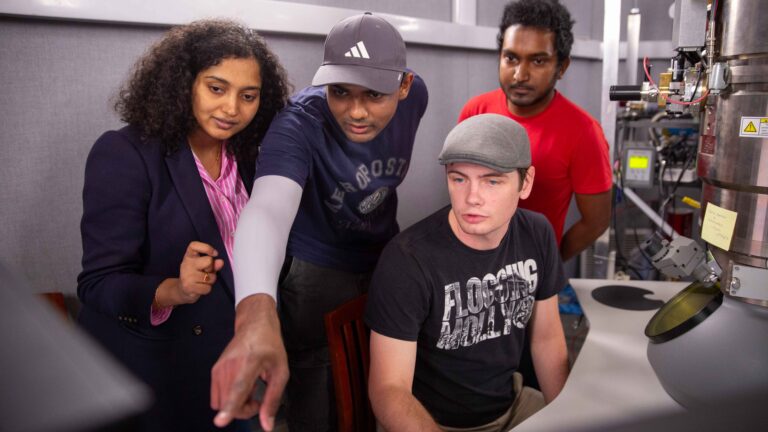
Spearheading next wave of human flourishing
A century ago, life expectancy in the U.S. was 47 years. Today, it’s 78. This dramatic leap didn’t happen by chance. It was largely due to technological advances in medicine, agriculture and communication. But none of it would have been possible without a deeper understanding of the most foundational building blocks of the world: atoms and…

ASU researcher to streamline battery recycling
Imagine this: It’s 10 a.m. on a sunny Sunday morning when you realize that your electricity bill for the month has doubled, not because you used more power, but because the grid couldn’t keep up. This hypothetical scenario could soon be a reality due to rising energy demands. The rapid advancement and use of artificial…
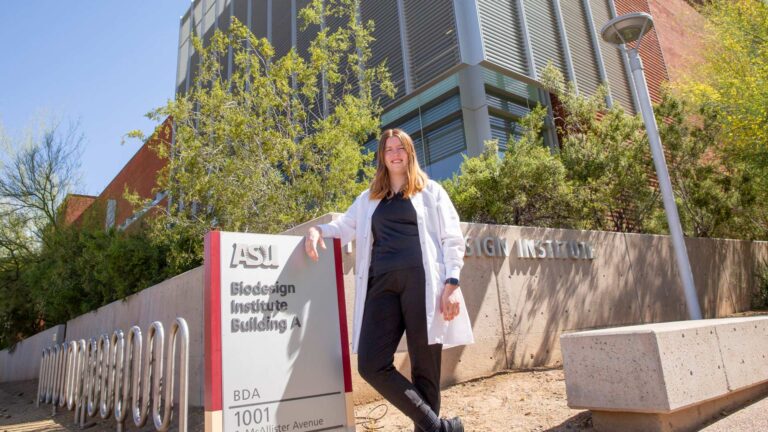
ASU summer research opportunity shapes student futures
Graduate school cultivates a student’s abilities to take the skills from their undergrad experience and challenges them to ask questions that have not yet been explored. As students commit to furthering their education, they are thrust into research — a different tier of academia that can vary depending on the discipline and nature of what…
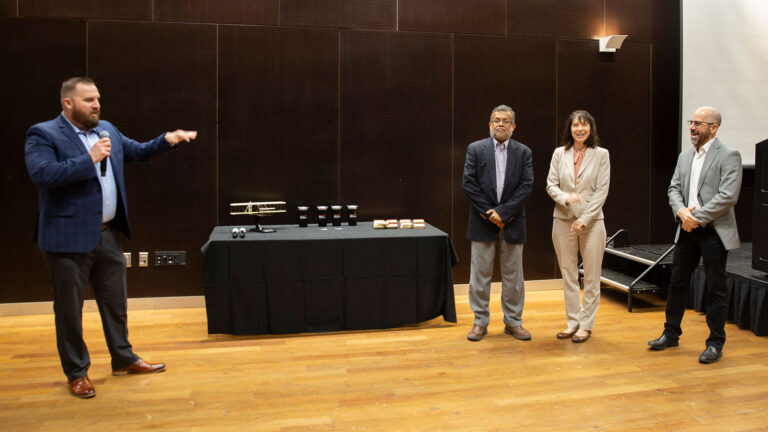
ASU and Honeywell spotlight next-gen aircraft technology
As Arizona State University is on a mission to use technology to make the world a better place, the Ira A. Fulton Schools of Engineering at ASU is at the forefront of these efforts to develop ways to improve life for humanity and regularly collaborates with industry companies like Honeywell Aerospace Technologies to achieve that goal. To strengthen these connections, stimulate…
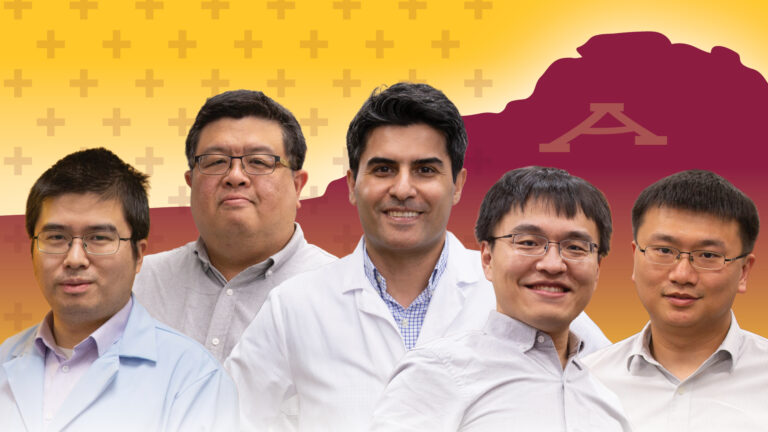
Engineering a healthier Arizona: Fulton researchers tackle urgent health challenges
From nanotherapeutics and tissue engineering to stroke rehabilitation and surgical robotics, researchers in the Ira A. Fulton Schools of Engineering at Arizona State University are taking on the health challenges that most affect Arizonans’ daily lives. The Arizona Biomedical Research Centre, or ABRC, part of the Arizona Department of Health Services, recently awarded more than $2 million to five…
![Use of an advanced in situ electron microscope that enables atoms within nanoparticles to be closely observed under a wide range of conditions is aiding research led by Professor Peter Crozier to explore ways to improve materials used in many engineering and related technological applications. Standing with Crozier (second from left) in an Arizona State University microscopy facility are others involved in the research, material science and engineering doctoral students Yifan Wang (far left) and Blake Dorame (far right), along with doctoral student Mai Tan (sitting at left) and Piyush Haluai (sitting at right), a research engineer in ASU’s Eyring Materials Center. Photographer: Yifan Wang./caption]](https://semte.engineering.asu.edu/wp-content/uploads/sites/90/2025/04/Crozier-microscope_DSCF0715-Enhanced-NR-w-768x432.jpg)
Intricate movements of tiny pieces of matter hold key to engineering innovation
Enhancing visualization of nanoparticle dynamics on materials’ surfaces opens paths to high-tech progress How nanomaterials form, develop and hold up in stressful environments associated with working conditions in technological projects indicates their suitability, or lack of it, for engineering fields, such as catalysis and many other technology-based applications. In technological applications such as catalysis, nanoparticles…
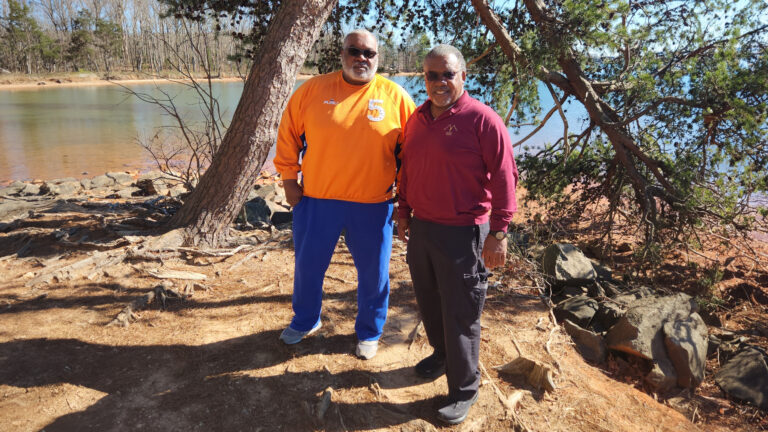
Flashback to ’82: How ASU paved the way to success for Stanley and Ron Hall
“Can you lend me $5 so I can get gas and go to school this afternoon?” That’s a question Stanley Hall once asked his eight-year-old brother after realizing he did not have enough money to get to ASU’s campus from their home. The question marks Stanley’s challenging start to his journey at ASU but sets…

ASU researcher Yang Jiao discovers special state of matter
The ancient Chinese concept of yin and yang — which describes how seemingly opposite forces such as day and night are interconnected and interdependent — can be used to understand the concept of hyperuniformity. Yang Jiao, a professor of materials science and engineering in the School for Engineering of Matter, Transport and Energy, part of Ira A. Fulton…
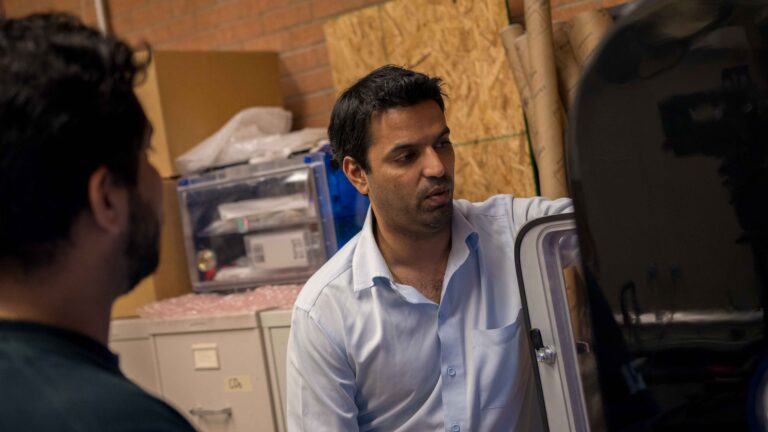
Kiran Solanki receives the 2025 Brimacombe Medalist Award
Kiran Solanki, a professor of mechanical and aerospace engineering in the School for Engineering of Matter, Transport and Energy, part of Ira A. Fulton Schools of Engineering at Arizona State University, has been selected as one of only nine recipients of the 2025 Brimacombe Medalist Award by the Minerals, Metals & Materials Society, or TMS….

Unraveling materials’ microstructure
ASU Regents Professor Aditi Chattopadhyay pioneers materials engineering while mentoring students Advances in materials science — such as the discovery of materials that can withstand harsh environments and the engineering of adaptive, self-repairing structures — have led to increased safety and durability in the systems we rely on daily. Regents Professor Aditi Chattopadhyay is one of…